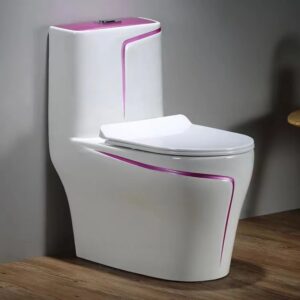
There are two kinds of kitchen sinks in the market, handmade sink and drawn sink.
What’s the difference between them?
- Thickness:
The thickness of handmade sink is around 1.2-1.5mm, this thickness of the stainless steel sheet can not be drawn in the mould on the stretch processing, otherwise it will break easily.
The thickness of drawn sink is impossible to exceed 0.8mm.
- Processing
The handmade sinks are made by laser welding, therefore, the requirements of the plate and equipment is higher. While the drawn sink is pressed in the mould, which means also easier.
Visit Now:https://ortonbaths.com/how-to-install-shower-doors-on-tile/
Visit Now:https://ortonbaths.com/separating-wet-and-dry-areas-in-bathroom/




